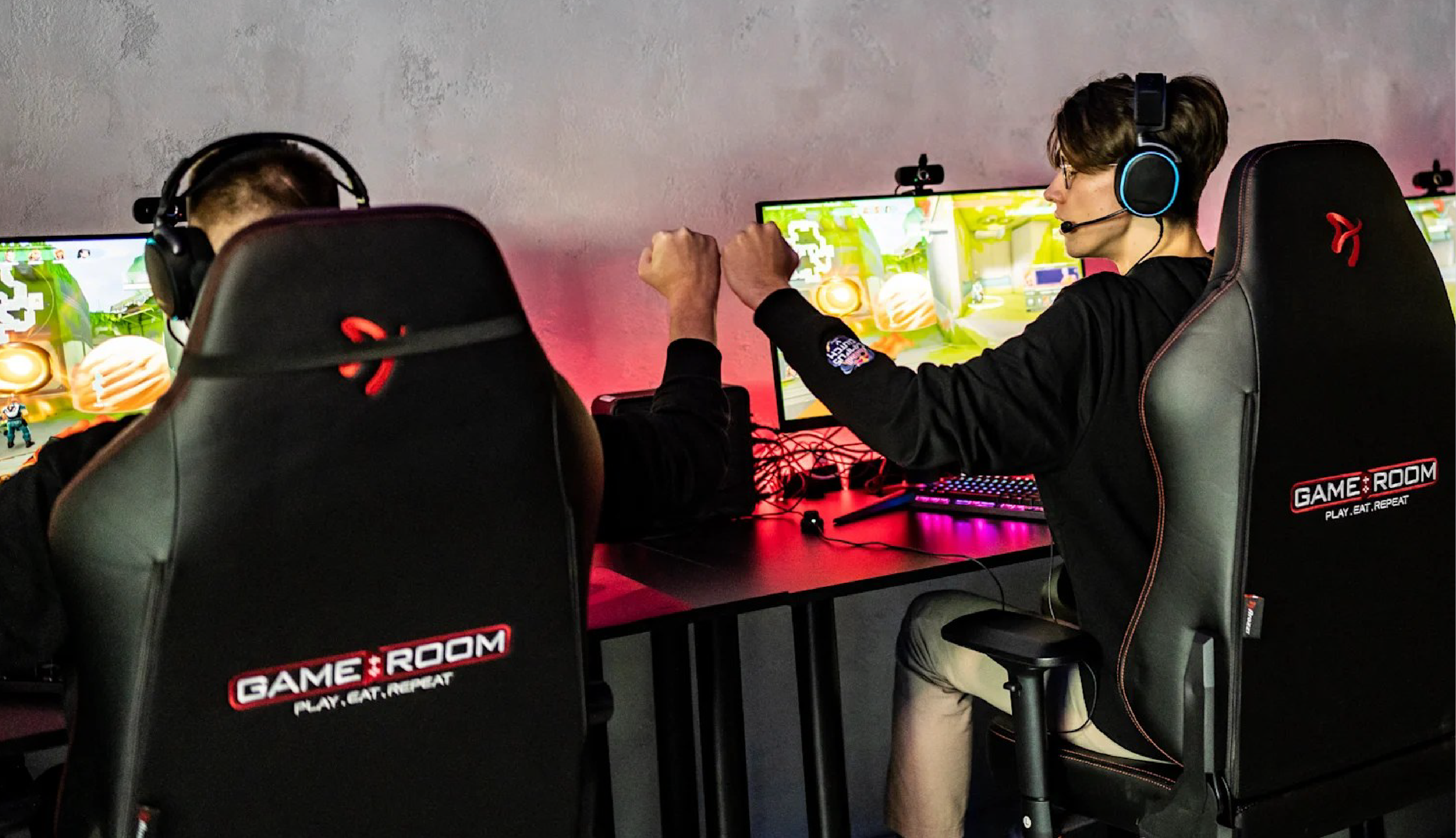Navigating the Maze: A Guide to Dealing with Toxic Gaming Communities
Gaming communities offer a unique space for players to connect, collaborate, and share their passion for gaming. However, the rise of toxic behavior within these communities can tarnish the experience for everyone involved. In this blog post, we'll explore effective strategies for dealing with toxicity within gaming communities, fostering a healthier and more enjoyable environment for all.
UNDERSTANDING TOXICITY IN GAMING
1. Identifying Toxic Behaviors:
Toxic behaviors in gaming communities can manifest in various forms, including harassment, bullying, hate speech, and unsportsmanlike conduct. Recognizing these behaviors is the first step toward addressing and mitigating toxicity.
2. The Impact on Mental Health:
Toxicity not only sours the gaming experience but can also have severe consequences for mental health. Constant exposure to negativity and hostility can lead to stress, anxiety, and even discourage individuals from participating in the gaming community altogether.
STRATEGIES FOR DEALING WITH TOXICITY
1. Establish and Enforce Community Guidelines:
Gaming communities, whether online forums or in-game chats, should have clear and comprehensive guidelines outlining acceptable behavior. Ensuring that these guidelines are communicated effectively and enforced consistently can deter toxic behavior.
2. Promote Positive Role Models:
Highlighting positive and sportsmanlike behavior within the community can serve as a model for others. Recognize and celebrate individuals who contribute positively, reinforcing the values that foster a welcoming environment.
3. Encourage Open Communication:
Establish channels for open communication within the community. Encourage members to report toxic behavior and provide mechanisms for resolving conflicts. Transparency in dealing with issues sends a strong message that toxicity will not be tolerated.
4. Moderation and Swift Action:
Effective moderation is crucial in curbing toxic behavior. Communities should have active moderators who can identify and address issues promptly. Swift action, including warnings, temporary suspensions, or permanent bans, demonstrates a commitment to maintaining a healthy environment.
5. Educate and Foster Empathy:
Promote awareness and education about the impact of toxic behavior. Fostering empathy among community members can lead to a more understanding and compassionate environment where differences are respected, and conflicts are resolved constructively.
Self-Care Strategies
1. Limit Exposure:
If toxicity becomes overwhelming, consider limiting exposure to the source. Mute or block toxic individuals, adjust communication settings, or take breaks from the community to prioritize mental well-being.
2. Seek Support:
Connect with like-minded individuals who share a commitment to a positive gaming experience. Establishing smaller, supportive circles within the larger community can provide a refuge from toxicity.
Dealing with toxic gaming communities requires a collective effort from both community leaders and individual members. By establishing and enforcing clear guidelines, promoting positive role models, encouraging open communication, and taking swift action against toxic behavior, gaming communities can foster a more inclusive and enjoyable environment. Additionally, practicing self-care strategies and seeking support when needed empowers individuals to navigate the gaming landscape with resilience and a focus on the positive aspects of the community. Ultimately, the goal is to create gaming spaces that prioritize respect, camaraderie, and the shared love for the virtual worlds we explore together.







